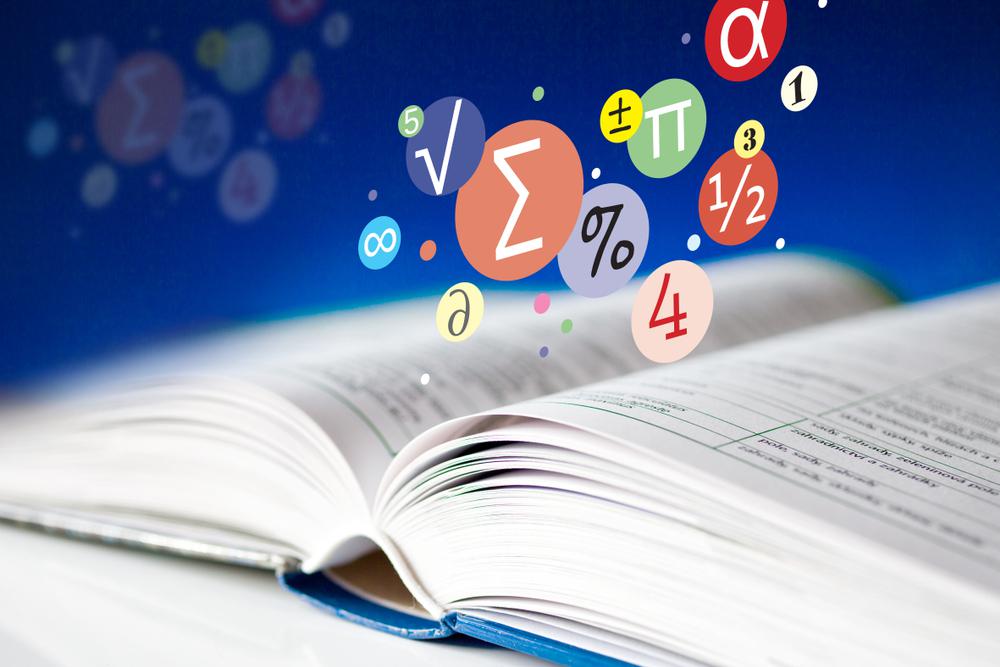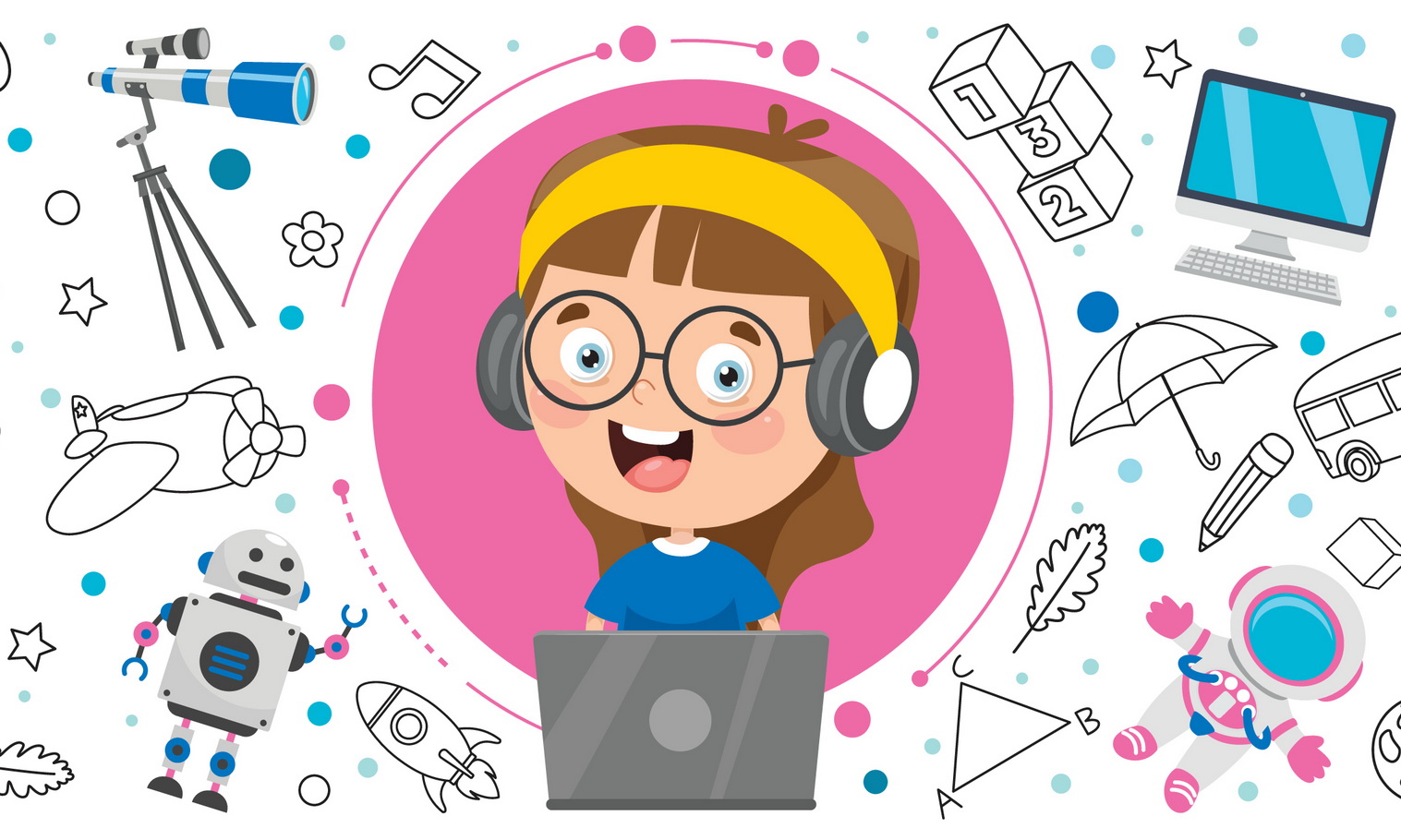Comparing shapes Worksheets for Kids
6 filtered results
-
From - To
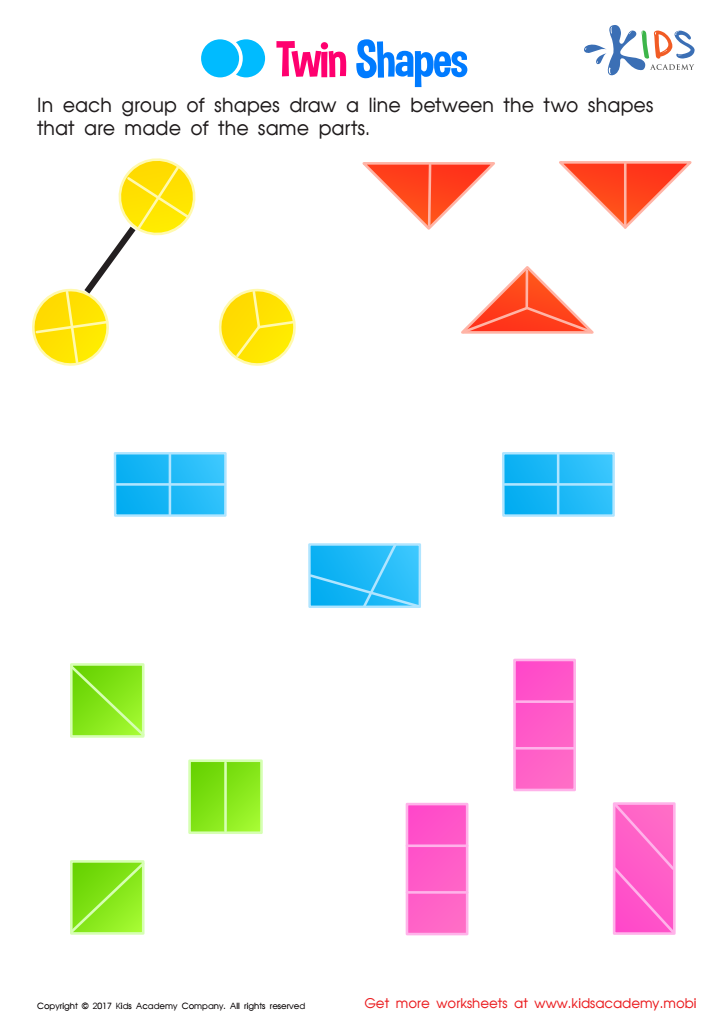

Twin Shapes Worksheet
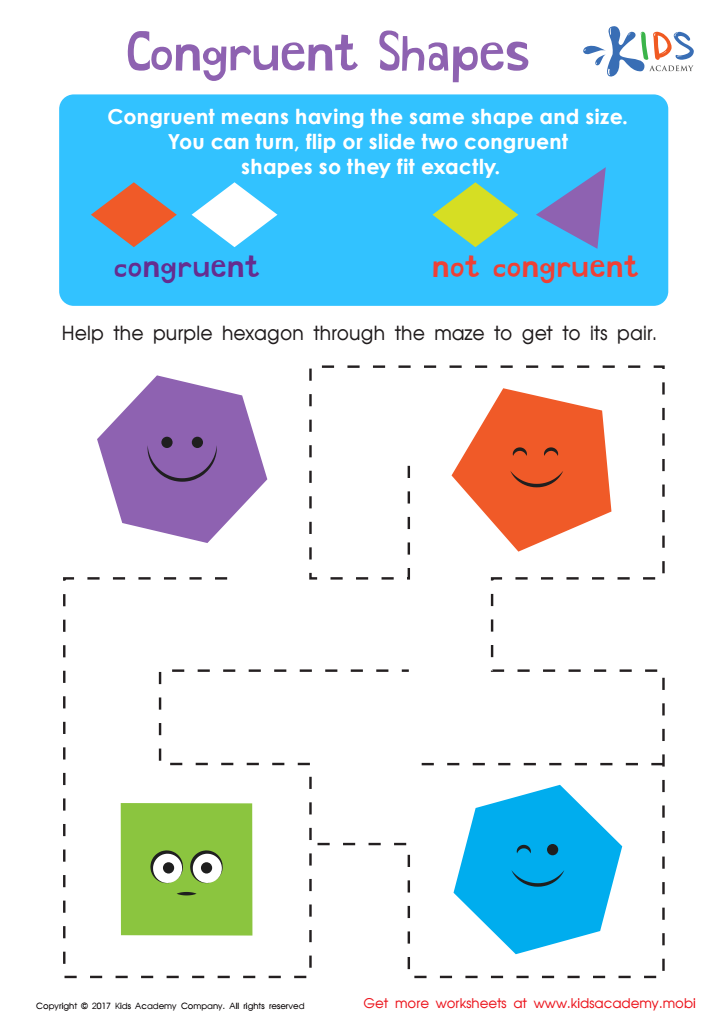

Congruent Shapes Worksheet
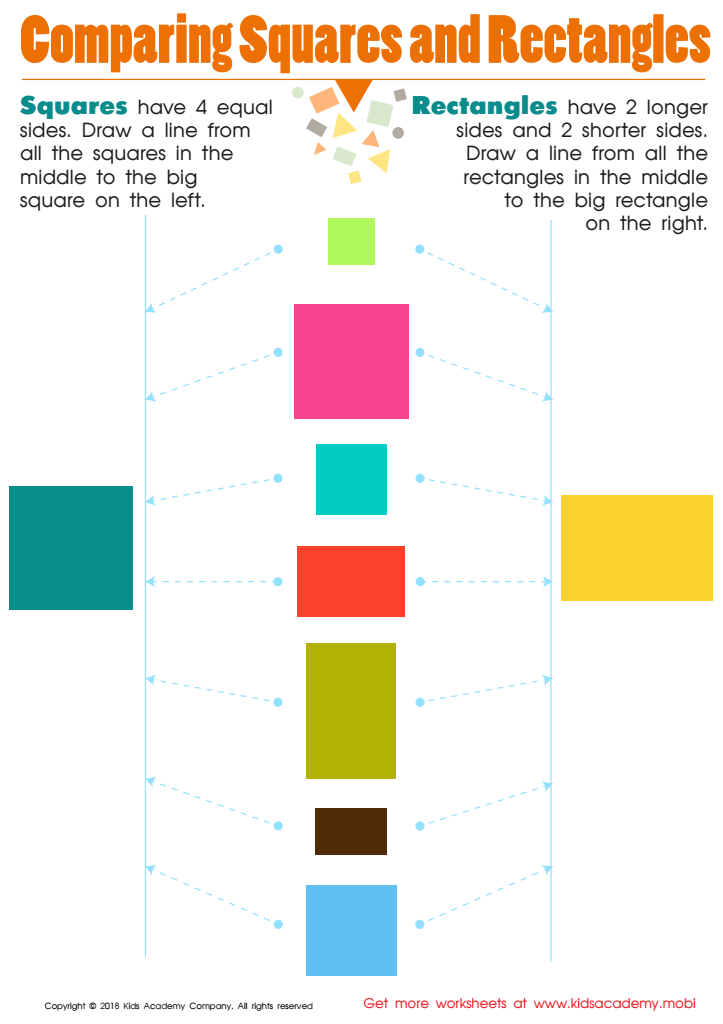

Comparing Squares Rectangles Worksheet
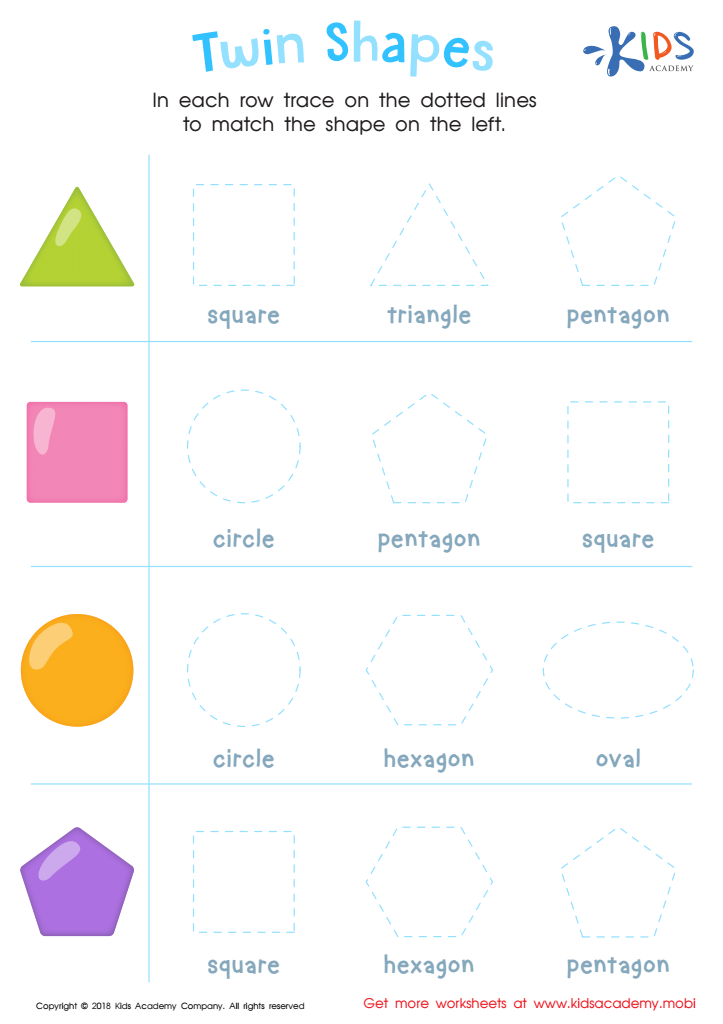

Twin Shapes Dot-to-Dot Worksheet
Question/Answer
How to train the Comparing shapes skill in Grade 2 students learning about Geometry?
To train Grade 2 students in comparing shapes, use hands-on activities like sorting shape cards, playing matching games, or constructing shapes with manipulatives. Incorporate visual aids and real-life examples, encourage discussions about similarities and differences between shapes, and provide worksheets that challenge them to identify, compare, and categorize shapes based on attributes such as sides, angles, and symmetry.
What are some effective activities to train students’ Comparing shapes skill when teaching them about Geometry?
Some effective activities include using tangrams for students to manipulate and match shapes, organizing shape scavenger hunts where students find and compare real-world objects, employing interactive geometry software for virtual shape manipulation, conducting sorting games with geometric shapes by properties (e.g., number of sides), and creating Venn diagrams to compare and contrast characteristics of different geometric figures.
How does the mastery of the Comparing shapes skill affect a student's performance at an early age?
Mastery of the Comparing Shapes skill at an early age significantly enhances a student's spatial awareness, critical thinking, and problem-solving abilities. It provides a foundation for understanding geometry, aids in the development of visual perception skills, and supports mathematical reasoning. This foundational skill positively impacts a student's overall academic performance, particularly in STEM-related subjects.

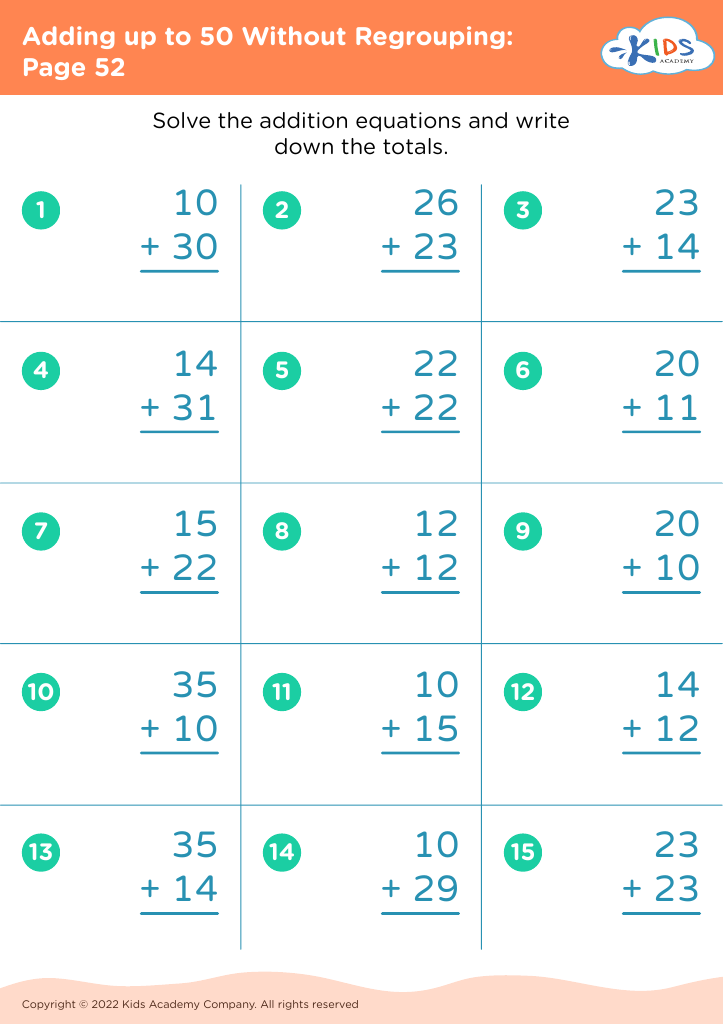
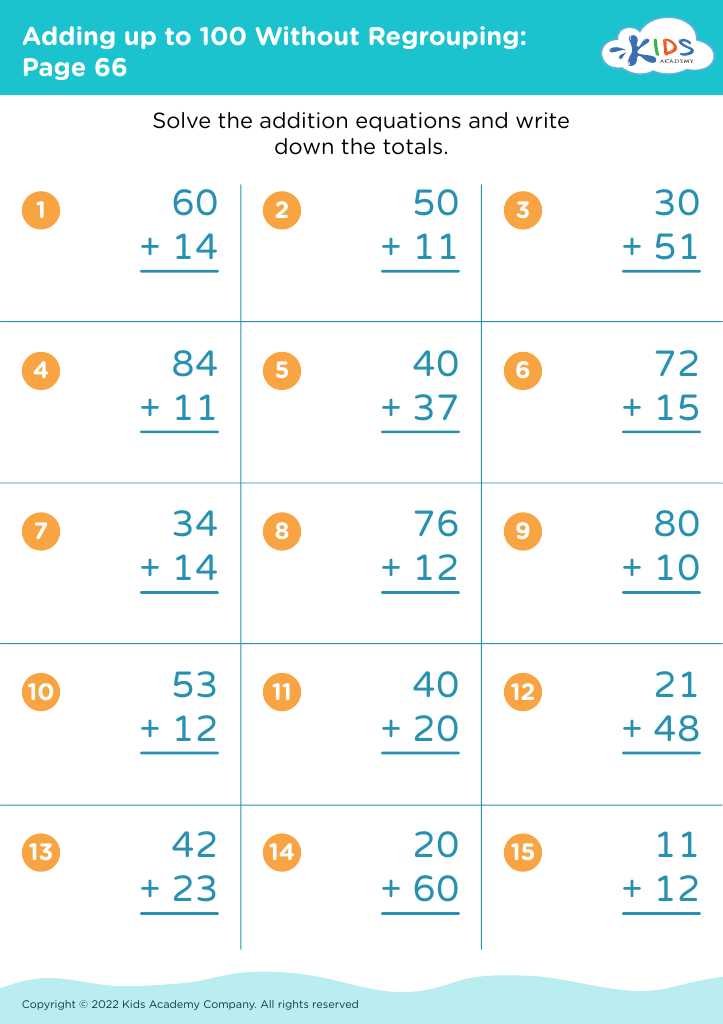
 Assign to the classroom
Assign to the classroom


